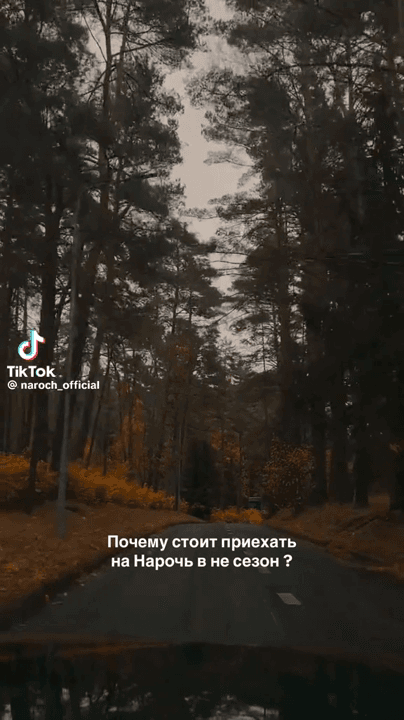
The Naroch Lake area is a unique natural treasure and the largest resort region of Belarus. Picturesque sceneries, clear lakes and rivers and healing mineral springs attract visitors from all over the world. The national park Narochansky is located in the north-west of the country and is part of the Belarusian Lake District. Naroch Lake region Naroch LakeThe Naroch Lake region is known for its natural diversity and a special landscape that was formed during the retreat of the Valdai glacier about 15,000-20,000 years ago. It was the time when famous Naroch lakes emerged. Reservoirs occupy about one-fifth of the park and represent basins of the Neman River and Western Dvina River. The rivers Stracha, Narochanka, Uzlyanka and Sviritsa are located there, too. As many as 43 lakes are situated in the national park, including 4 groups: Naroch group, Myadel group, Bolduk group and Svir group. The gems of the region are the largest Belarus’ lake Naroch (79.6km2), Myastro and Batorino. Abo
Post: 15 February 20:32
















































